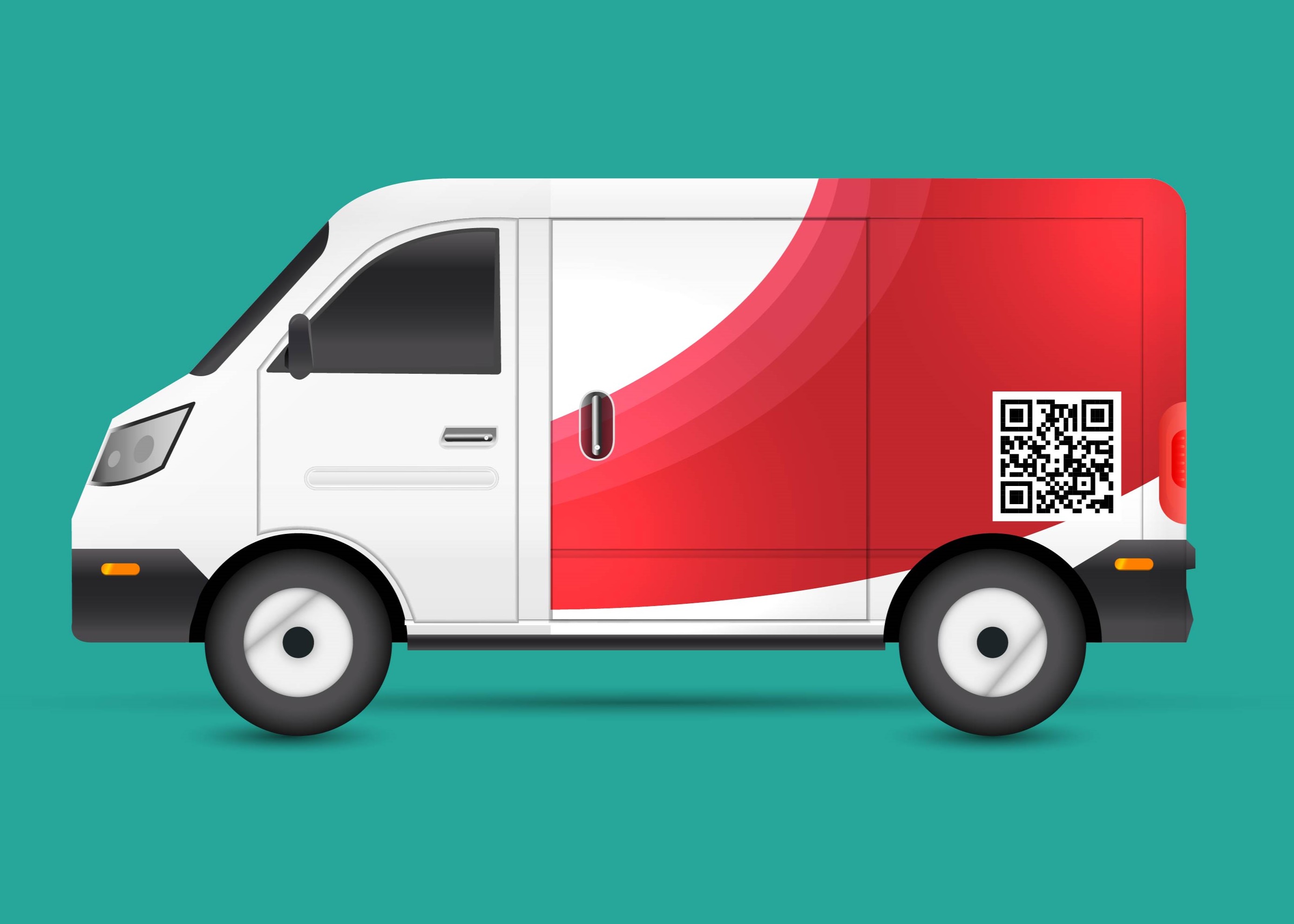What is VAT in Iran?
The **Value Added Tax (VAT)** is a consumption-based tax introduced by the Iranian government. It was initially implemented on **October 22, 2008** and applies to most goods and services, with certain exemptions. The standard VAT rate in Iran is **9%**, which means that for every taxable product or service, an additional 9% is added to its price.
The introduction of VAT was part of Iran's strategy to increase public revenue, diversify the economy, and reduce reliance on oil exports. The revenue generated from VAT is used to fund public services, including healthcare, education, and infrastructure development.
How Does VAT Work in Iran?
VAT is a **tax on consumption**, which means it is paid by the end consumer. When businesses sell goods or services, they charge VAT on top of the sale price. However, businesses are able to **recover the VAT** they pay on their own purchases, making VAT a tax that is ultimately passed on to the final consumer.
For example:
- If a retailer buys goods for IRR 1,000,000, they pay IRR 90,000 as VAT (9%).
- When they sell those goods to a customer for IRR 2,000,000, they charge the customer IRR 180,000 as VAT.
- The retailer will pay the government IRR 90,000 (the difference between the VAT charged to the customer and the VAT paid on the goods they bought).
VAT Rates in Iran
The standard VAT rate in Iran is **9%**, but there are special rates for certain goods and services:
- **Cigarettes and tobacco products**: 12%
- **Gasoline and jet fuel**: 20%
- **Other goods and services**: 9%
Additionally, the Iranian government has set forth a plan to increase VAT by 1% each year as part of the Fifth Development Plan, reaching 8% by the end of 2015. However, VAT exemptions apply to specific sectors.
VAT Exemptions in Iran
According to the **Value Added Tax Act (VATA)**, some goods and services are exempt from VAT, including:
- Unprocessed agricultural products
- Livestock, live poultry, aquatic products, honey bees, and silkworms
- Basic food items like bread, sugar, milk, and rice
- Medical services and pharmaceuticals
- Educational services (school fees, university tuition, etc.)
- Public transportation services
- Exports of goods and services
VAT is also not applicable to **free trade zones** (FTZ), but goods and services entering Iran's customs territory from FTZs will be subject to VAT.
How to Calculate VAT in Iran?
Calculating VAT is simple and follows this formula:
VAT = Amount * VAT Rate
For instance, to calculate the VAT on a given amount, multiply the price of the goods or services by the VAT rate (9%).
**Example**:
If you are purchasing a product worth **IRR 500,000**, the VAT would be:
500,000 * 9% = IRR 45,000
So, the total cost for the product will be **IRR 545,000**.
To simplify VAT calculations, businesses and individuals can use **online VAT calculators** that automatically compute the VAT amount based on the entered price.
VAT Exemption in Free Trade Zones
**Free Trade Zones (FTZs)** in Iran are exempt from VAT. However, if goods or services are imported from FTZs into Iran’s customs territory, VAT applies according to Iranian law.


